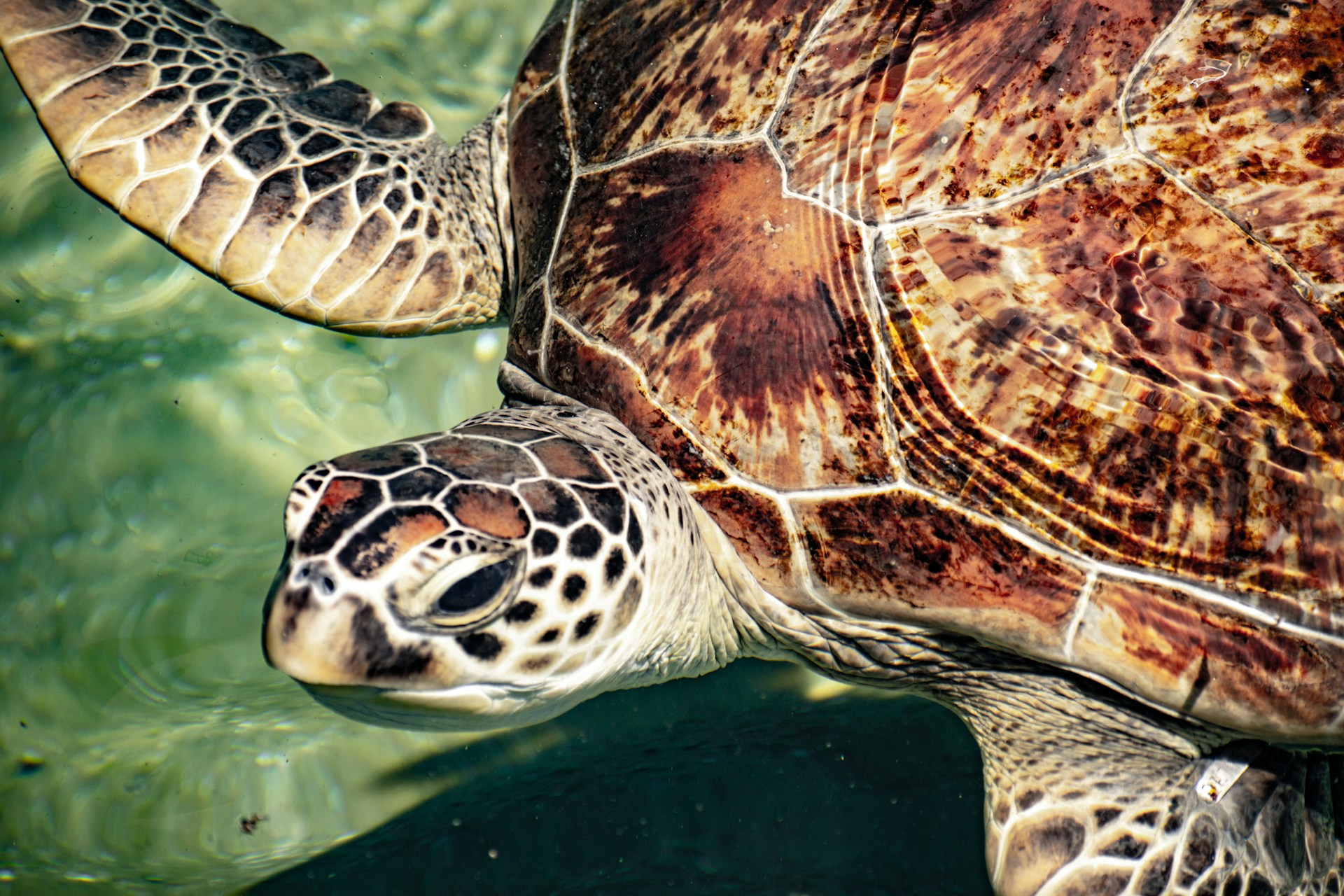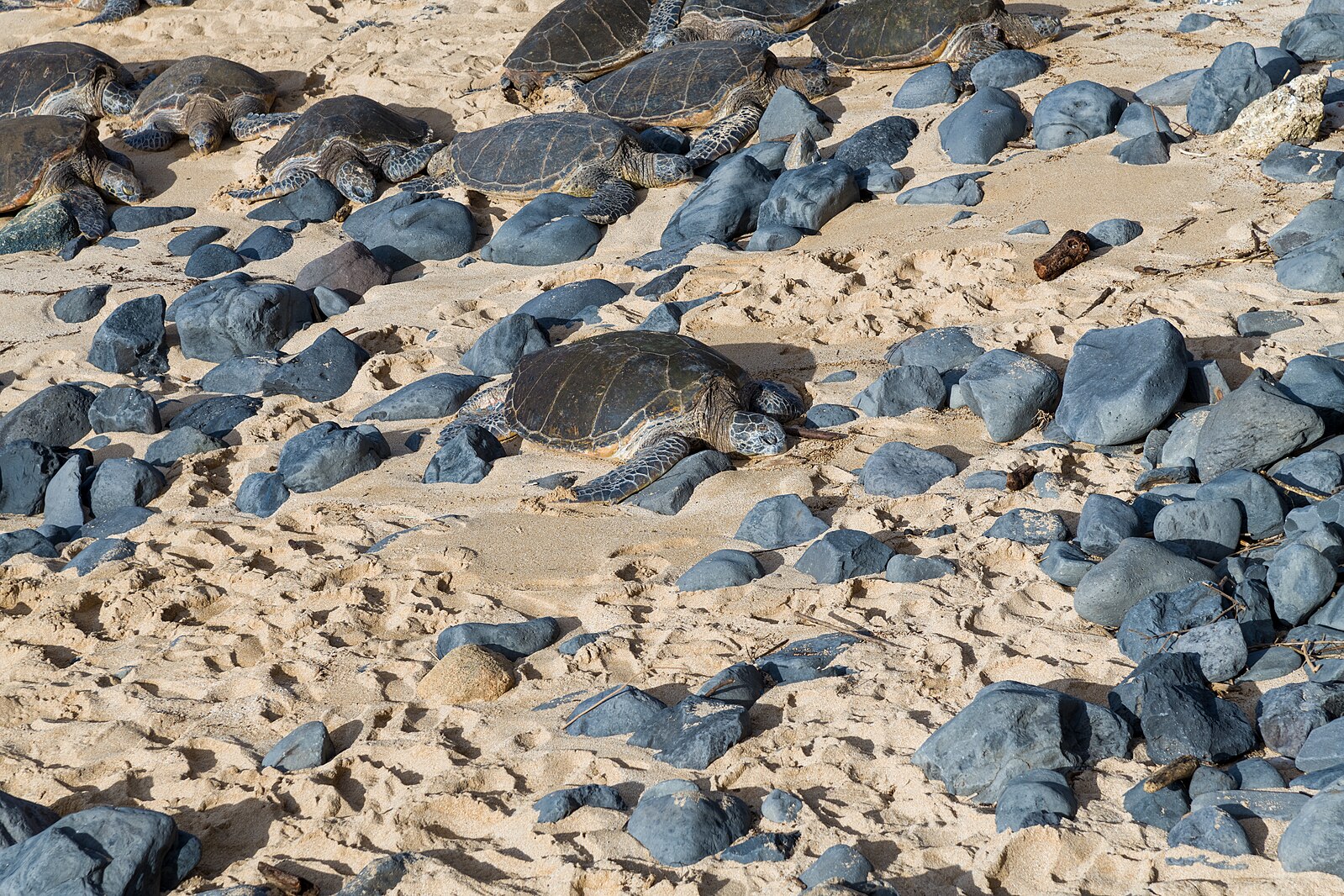In the exotic pet world, turtles and tortoises hold a special place for collectors and enthusiasts alike. While most common species might cost between $20 and $200, the upper echelons of the turtle market reveal astonishing prices that can reach into the six-figure range. Rare species, unique colorations, and endangered status contribute to these eye-watering prices. The prestigious world of high-end turtle collecting combines passion for these remarkable reptiles with the exclusivity of owning something few others can possess. This article explores the most expensive turtles ever sold in the pet trade, examines what drives these astronomical prices, and considers the ethical implications of such transactions.
The Record-Breaking Albino Leucistic Indian Star Tortoise
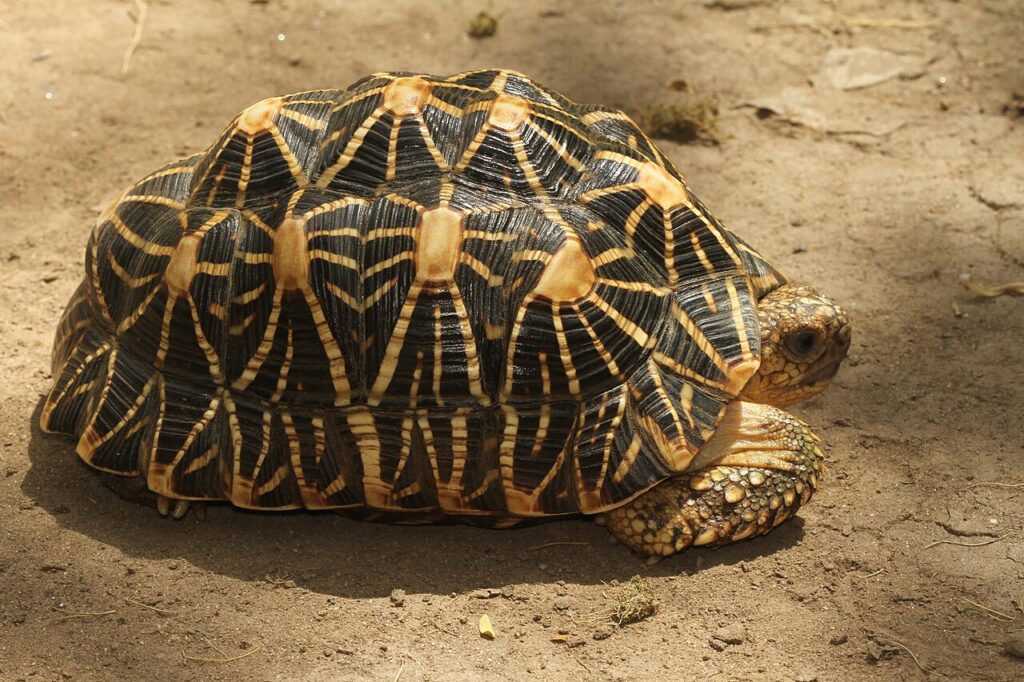
The title of most expensive turtle ever sold belongs to an extremely rare albino leucistic Indian Star Tortoise (Geochelone elegans) that reportedly changed hands for an astounding $180,000 in a private sale in 2016. This particular specimen exhibited an exceptionally rare combination of albinism and leucism, creating a stunning creamy-white appearance with faint yellow patterns instead of the typical black and yellow starred pattern these tortoises are known for. The buyer, a private collector from Asia who chose to remain anonymous, purchased this one-of-a-kind specimen after a bidding war among several wealthy collectors. Genetic anomalies of this magnitude occur in perhaps one in several million individuals, making this particular tortoise an extremely coveted living gem in the reptile world.
The Radiated Tortoise: A Six-Figure Rarity
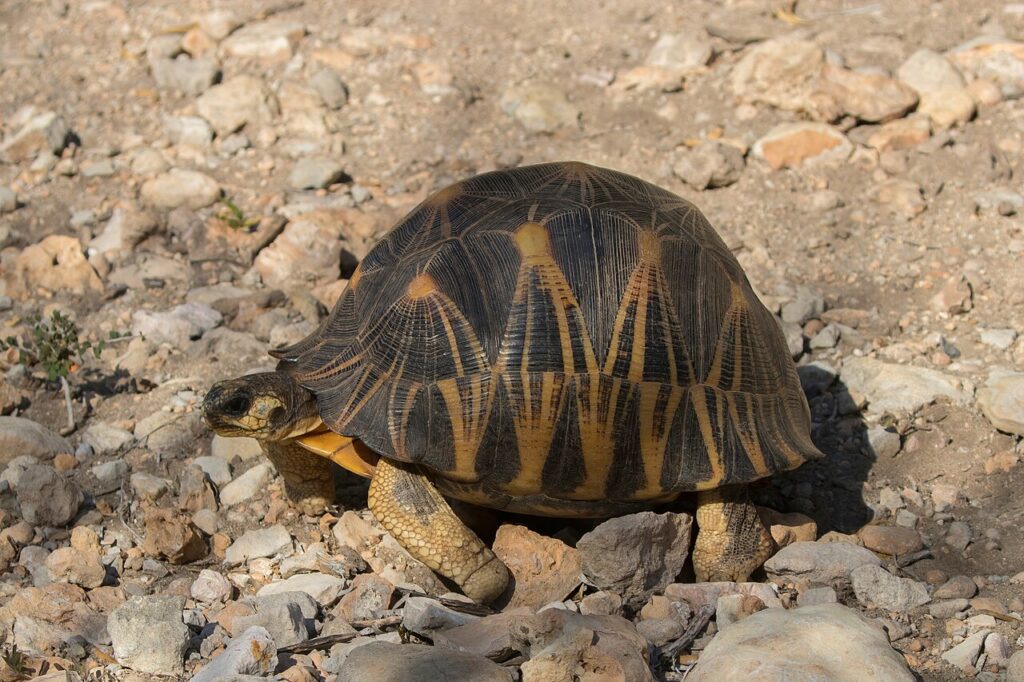
The critically endangered Radiated Tortoise (Astrochelys radiata) from Madagascar has commanded prices upwards of $125,000 for exceptional specimens. These tortoises feature striking star patterns on their high-domed shells, with the most valuable individuals displaying perfectly symmetrical radiating lines and exceptional contrast between the black and yellow markings. Their critically endangered status in the wild has contributed significantly to their value, though it’s important to note that legally traded specimens must come with proper documentation showing they were captive-bred. A particularly large male with perfect patterning and proven breeding capabilities was sold at a specialized reptile auction in 2018 for approximately $135,000, making it one of the highest-verified sales in the turtle world.
Albino Alligator Snapping Turtles: White Gold
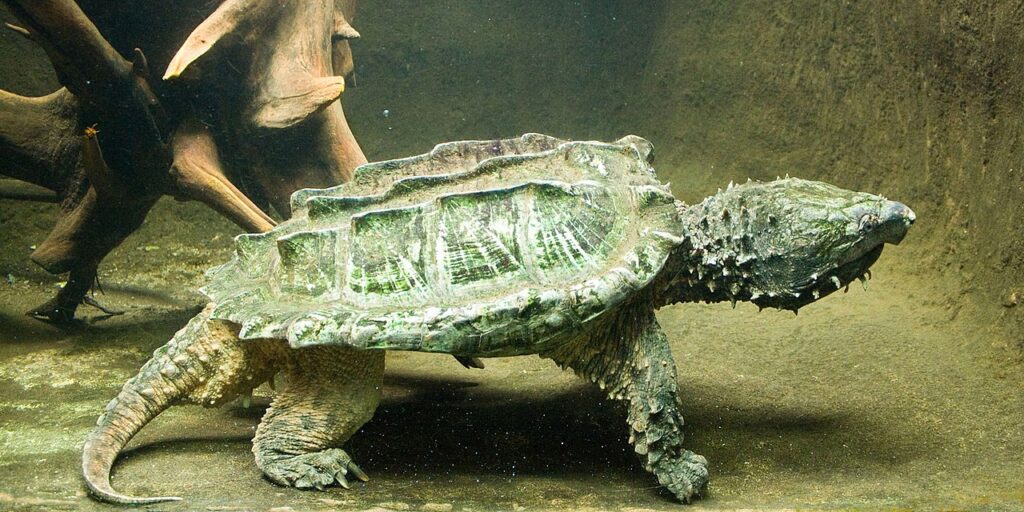
Albino alligator snapping turtles (Macrochelys temminckii) represent another category of extraordinarily expensive chelonians, with documented sales reaching $100,000 or more. These massive prehistoric-looking turtles normally display a muddy brown or olive coloration that helps them camouflage as they lie in wait for prey, but albino specimens exhibit a striking pinkish-white coloration with red eyes that collectors find irresistible. The rarity of albinism in this species—estimated at less than one in 100,000 individuals—combined with their impressive size potential of up to 200 pounds and their fearsome appearance makes them highly sought after. A particularly large breeding-age albino male reportedly sold for $104,000 to a private collection in Japan in 2015.
The Rarest Softshell: The Cantor’s Giant Softshell
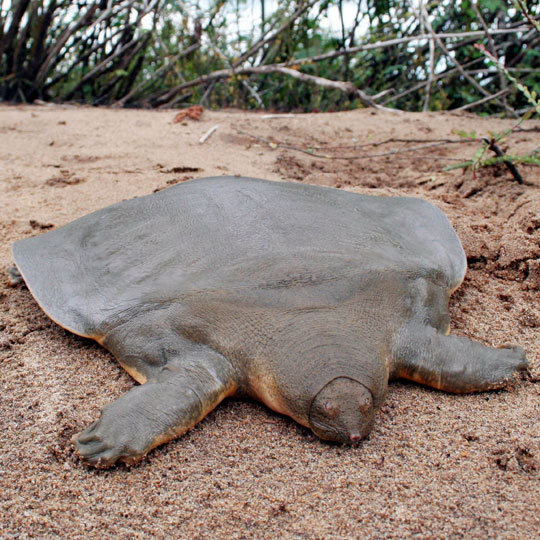
The Cantor’s Giant Softshell Turtle (Pelochelys cantorii) is among the rarest turtles in the world and has commanded prices exceeding $65,000 in underground markets. These critically endangered aquatic turtles can grow to enormous sizes, with shells reaching up to 6 feet in length, and possess a unique pancake-flat appearance with a long snorkel-like snout. Their extreme rarity in the wild and the difficulty in breeding them in captivity has created a black market demand that conservation organizations are fighting against. In 2012, a smuggled specimen was reportedly sold for approximately $70,000 in an underground transaction in Southeast Asia, highlighting both the extraordinary value placed on these creatures and the conservation challenges they face.
The Ploughshare Tortoise: Endangered Gold

Perhaps the most endangered tortoise in the world, the Ploughshare Tortoise (Astrochelys yniphora) from Madagascar has been sold for prices exceeding $50,000, despite international trade bans. With fewer than 100 adults estimated to remain in the wild, any appearance of these tortoises in the pet trade is almost certainly illegal, though captive breeding programs exist in legitimate conservation facilities. The distinctive golden-domed shell with a prominent gular projection (resembling a ploughshare) makes these tortoises immediately recognizable and highly prized by collectors. Conservation efforts now include microchipping and even engraving the shells of wild tortoises to deter poachers, highlighting the extreme measures needed to protect these valuable living treasures from the exotic pet trade.
Platinum Albino Diamondback Terrapins
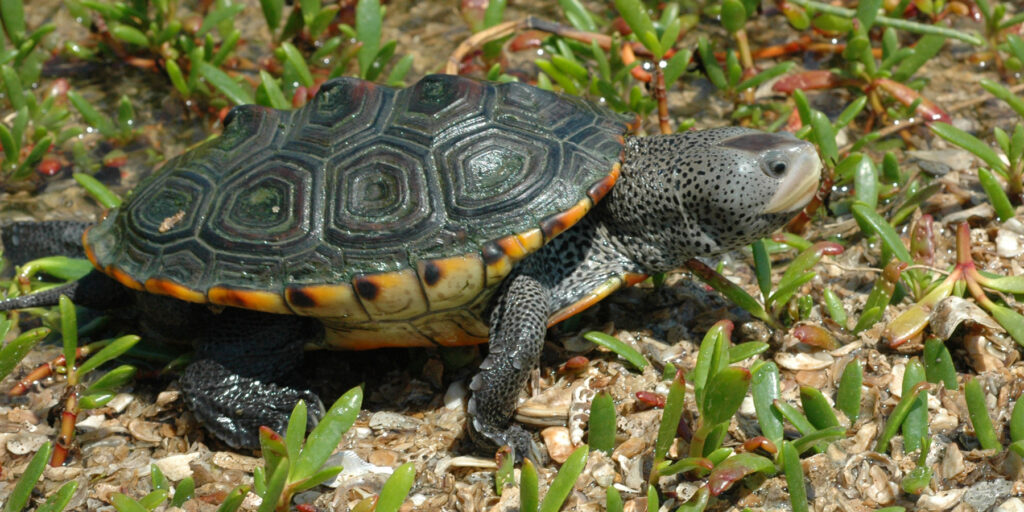
The North American Diamondback Terrapin (Malaclemys terrapin) has seen certain color morphs reach prices of $25,000 or more in specialized reptile markets. Particularly valuable are the “platinum albino” specimens, which display a stunning white and pearl coloration instead of the typical gray with black speckles. These unusual color mutations first appeared in captive breeding programs in the early 2000s and have been selectively bred to enhance their unique appearance. A breeding pair of platinum albinos with exceptional coloration sold for approximately $45,000 at a private reptile exhibition in 2019, with the buyer planning to establish their own breeding program of these rare color morphs.
The Golden Coin Turtle: Traditional Medicine Drives Value
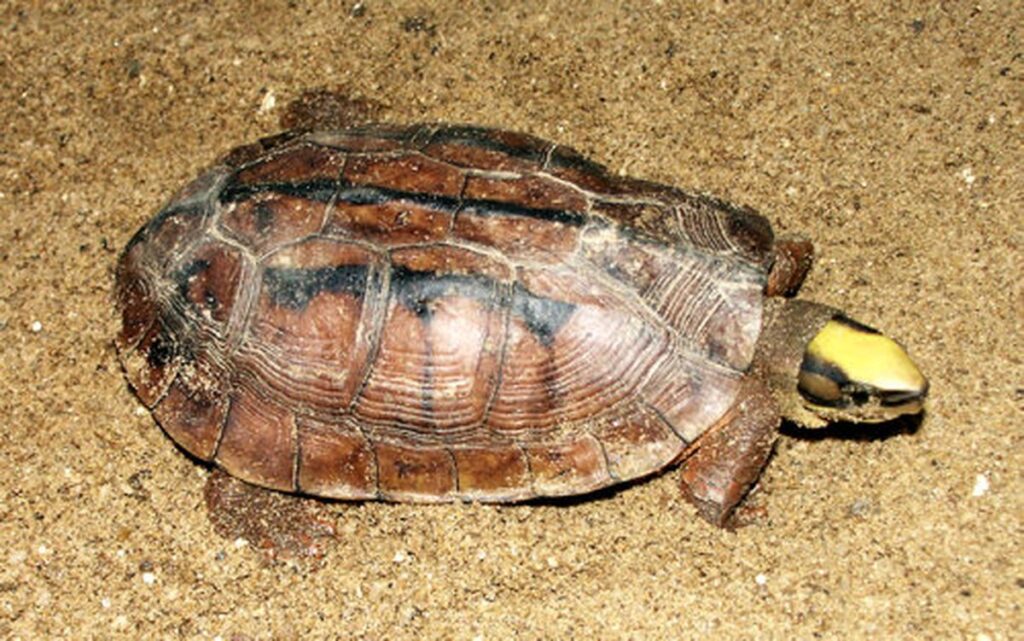
The Golden Coin Turtle (Cuora trifasciata) has reached prices of $20,000 or more per individual due to its use in traditional Asian medicine and its critically endangered status. These small turtles, native to southern China and northern Vietnam, have been harvested to near-extinction in the wild because of the belief that their plastron (bottom shell) can be used to treat cancer when prepared in certain traditional remedies. The combination of medicinal demand and extreme rarity has driven prices to extraordinary levels, with a single breeding-age female reportedly selling for approximately $25,000 in Hong Kong in 2014. Conservation breeding programs are now working to restore wild populations while combating the continued high prices that drive poaching.
Factors That Drive Extreme Turtle Prices
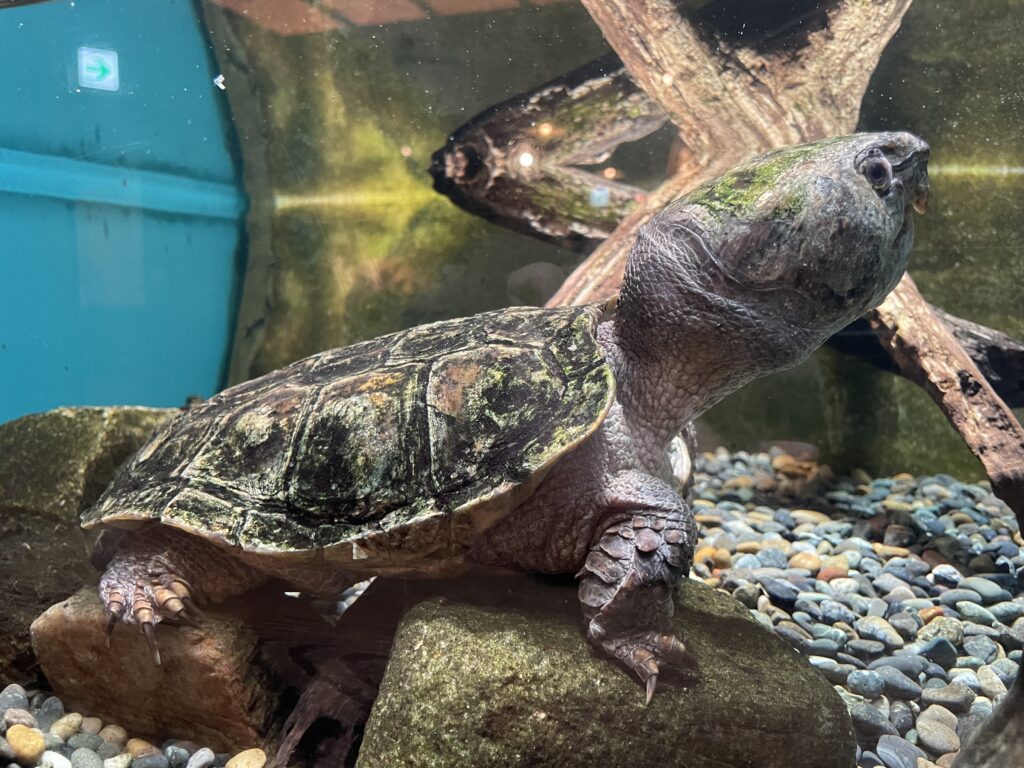
Several key factors contribute to the astronomical prices some turtles command in the specialty pet trade. Rarity is perhaps the most significant factor, with endangered species or unusual genetic mutations like albinism commanding premium prices due to their scarcity. Size can also be a determining factor, particularly with species like the Alligator Snapping Turtle, where exceptionally large specimens may sell for many times the price of average-sized individuals. Pattern and coloration variations that differ from the norm, such as hypermelanistic (extra black pigmentation) or hypomelanistic (reduced black pigmentation) individuals, can dramatically increase value among collectors seeking unique specimens. Finally, breeding potential plays a crucial role in price determination, with sexually mature females of rare species often commanding the highest prices due to their reproductive value.
The Ethics and Legality of High-Value Turtle Trading

The extreme prices commanded by rare turtles raise significant ethical and legal concerns in the conservation community. Many of the world’s most valuable turtles are protected under CITES (Convention on International Trade in Endangered Species), making international commercial trade illegal without proper permits that are rarely issued for pet purposes. Despite these protections, the high values create powerful incentives for poaching and smuggling, with criminal networks specifically targeting the rarest species for the black market. Conservation organizations frequently point out that purchases of extremely rare turtles often directly fund wildlife trafficking networks and accelerate the decline of endangered species. Legitimate collectors emphasize the importance of only purchasing captive-bred specimens with proper documentation, though verification remains challenging in many cases.
Conservation Breeding Programs Versus Private Collections
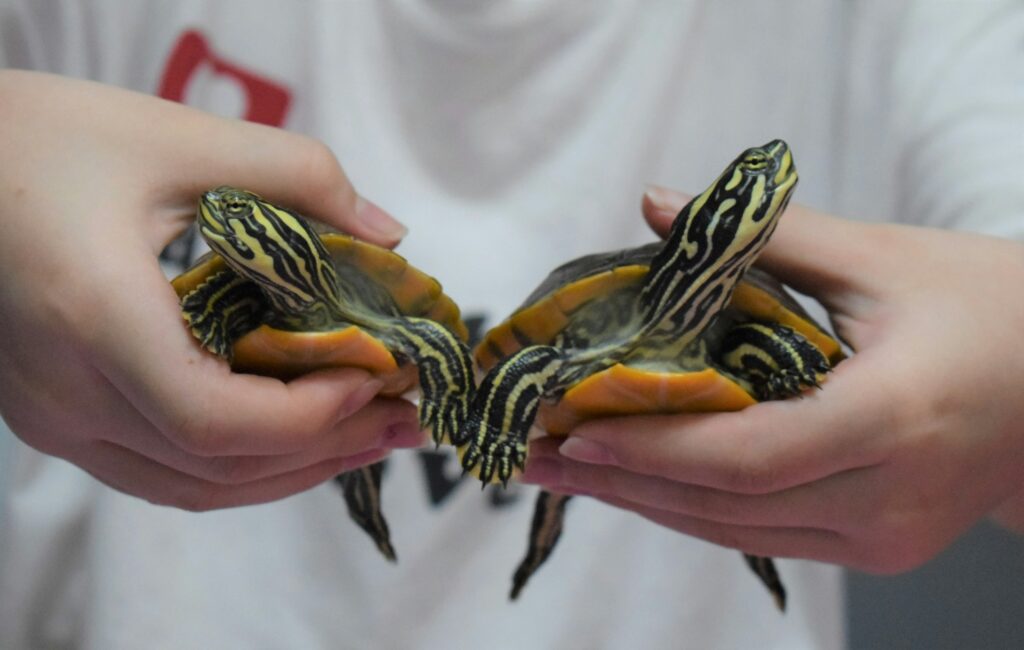
An interesting dynamic exists between conservation breeding programs and private collectors of high-value turtles. Zoos and official conservation programs often lack the resources to acquire extremely valuable specimens that might benefit their breeding efforts, while private collectors may have the financial means but lack the scientific expertise or facilities. Some collaborative models have emerged where private collectors with rare specimens partner with conservation organizations to contribute to genetic diversity in breeding programs. The Private Turtle and Tortoise Conservation Coalition, formed in 2010, represents one such effort to bridge the gap between private collections and conservation initiatives by establishing best practices and encouraging cooperation. Critics, however, argue that private collection of endangered species ultimately harms conservation efforts by diverting specimens from professional programs and potentially legitimizing the market for wild-caught animals.
The Role of Reptile Expos in High-End Turtle Sales
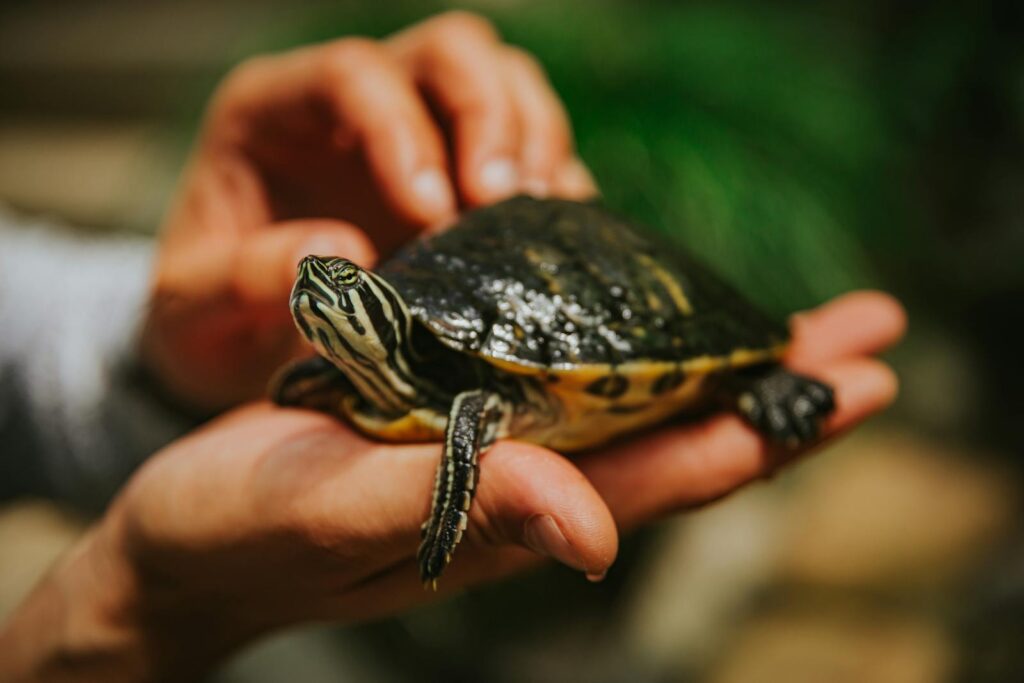
Specialized reptile expositions have become crucial venues for high-value turtle transactions, with certain invitation-only events catering specifically to wealthy collectors. These exclusive shows, often held in conjunction with larger public reptile expos, feature private rooms where six-figure transactions may take place away from public view. The annual Hamm Reptile Expo in Germany and the National Reptile Breeders’ Expo in the United States have both been reported as venues where exceptionally valuable turtles change hands, though the highest-value sales typically occur through private arrangements rather than at public events. Event organizers increasingly require vendors to provide documentation proving the legal origin of rare specimens, though enforcement of these requirements varies considerably between different shows and jurisdictions.
Caring for Investment-Grade Turtles
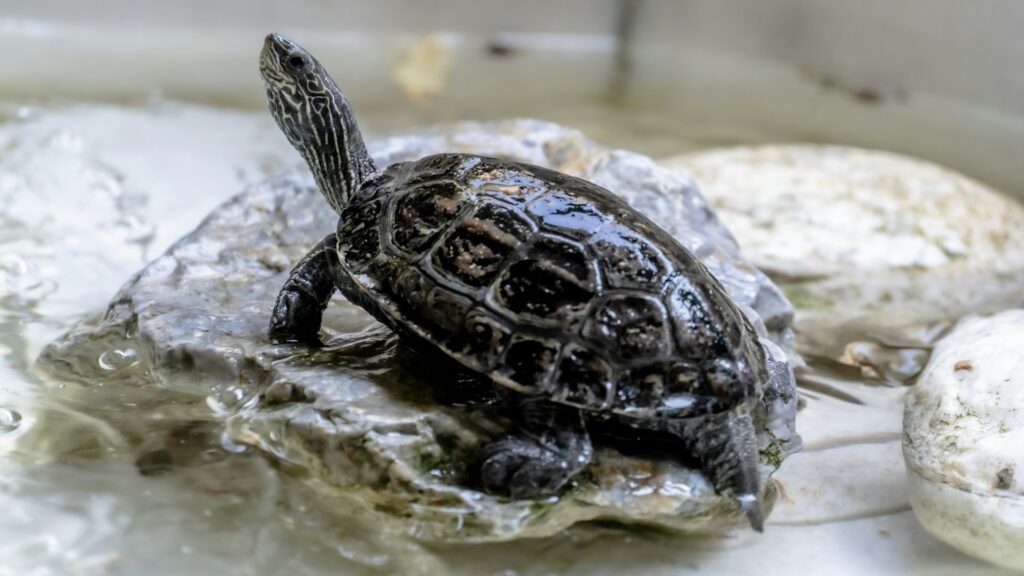
Owners of extremely valuable turtles often implement extraordinary measures to protect their living investments. Custom-built enclosures with multiple security features, including surveillance cameras, motion sensors, and sometimes even armed guards, protect the most valuable collections from theft. Healthcare for these specimens frequently involves regular visits from specialized exotic animal veterinarians, custom nutrition plans, and even climate-controlled environments designed to optimize health and breeding potential. Insurance policies specifically covering high-value reptiles have emerged as a niche market, with companies like Lloyd’s of London offering specialized coverage for collections valued in the millions. The level of care provided to these premium specimens often exceeds even that found in professional zoos, reflecting both the financial investment these animals represent and the genuine passion many collectors have for their well-being.
The Future of the High-End Turtle Market

The market for exceptionally valuable turtles shows no signs of cooling, with prices continuing to climb for the rarest specimens. As wild populations of many species decline further, captive-bred individuals with documented lineages are likely to become even more valuable, potentially pushing prices for certain specimens even higher in coming years. Technological advances in genetic testing and microchipping are making verification of captive-bred status more reliable, potentially creating a more legitimate high-end market separated from illegal wildlife trafficking. Conservation organizations are increasingly exploring market-based approaches to turtle protection, including legally sanctioned captive breeding programs that can satisfy collector demand while generating funds for habitat protection. Despite these promising developments, the fundamental tension between conservation needs and collector desires remains unresolved in this unique corner of the exotic pet world.
Conclusion
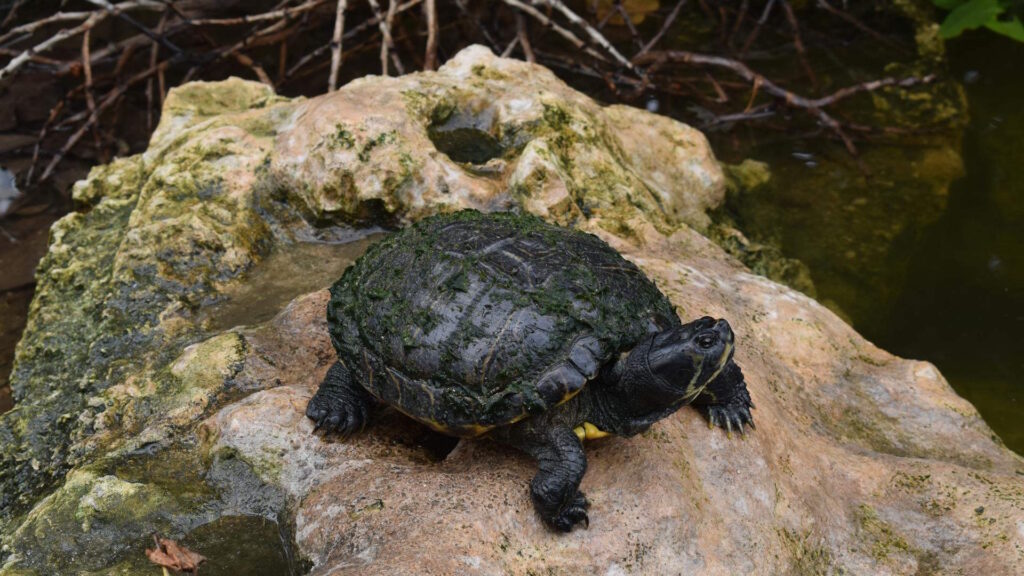
The world of high-end turtle collecting represents a fascinating intersection of passion, status, conservation, and controversy. While the six-figure prices commanded by the rarest specimens reflect their extraordinary biological value and appeal to collectors, these same prices create powerful incentives for illegal collection that threatens wild populations. As we’ve seen, the most expensive turtles ever sold combine extreme rarity with striking appearance, creating living treasures that few can afford but many admire. Moving forward, the challenge for the reptile community will be developing sustainable approaches that satisfy collector demand while ensuring these remarkable animals continue to exist not just in private collections, but in their natural habitats for generations to come.

